NASA's James Webb Space Telescope uncovers 'boiling ocean' exoplanet – could it harbour life?
NASA’s James Webb Telescope unveils a distant exoplanet, possibly a boiling waterworld. Debate ensues over habitability, challenging conventional notions of life beyond Earth.

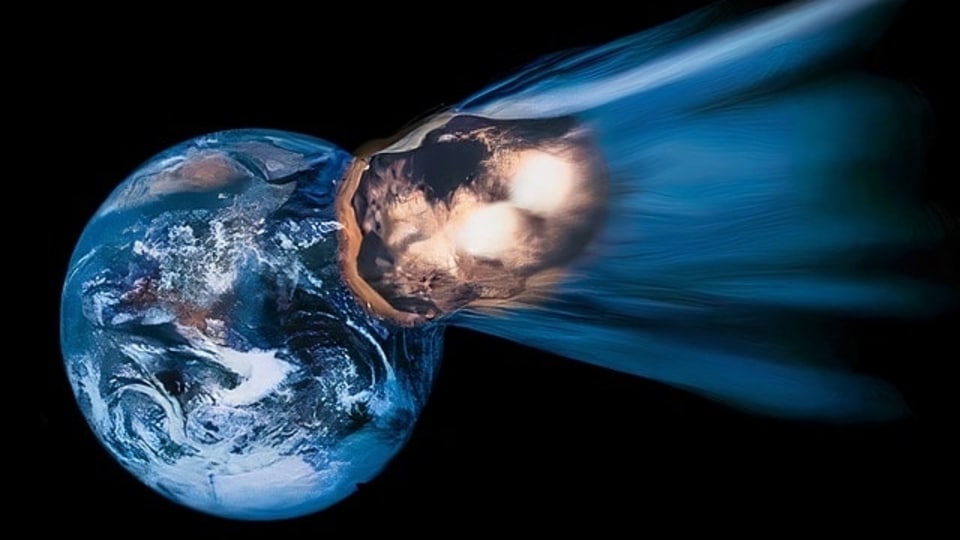
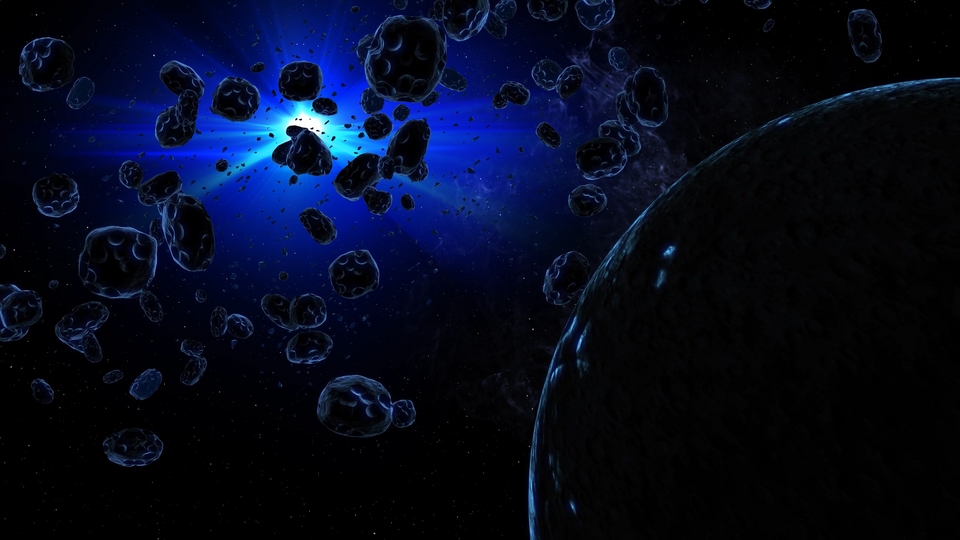
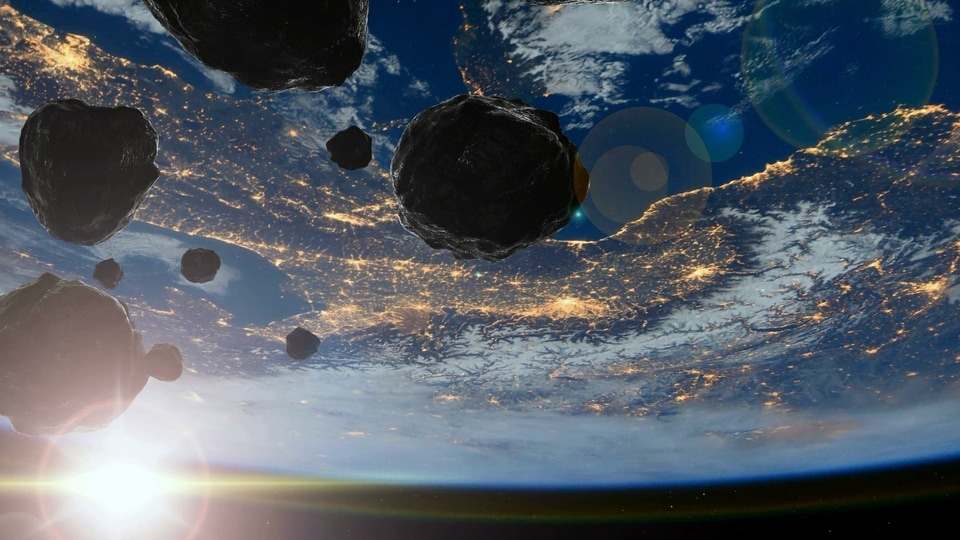
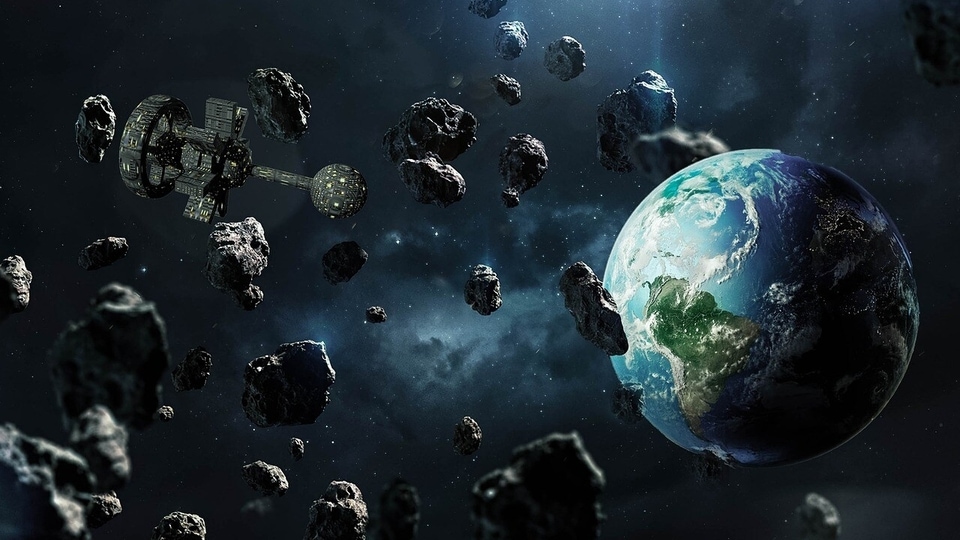
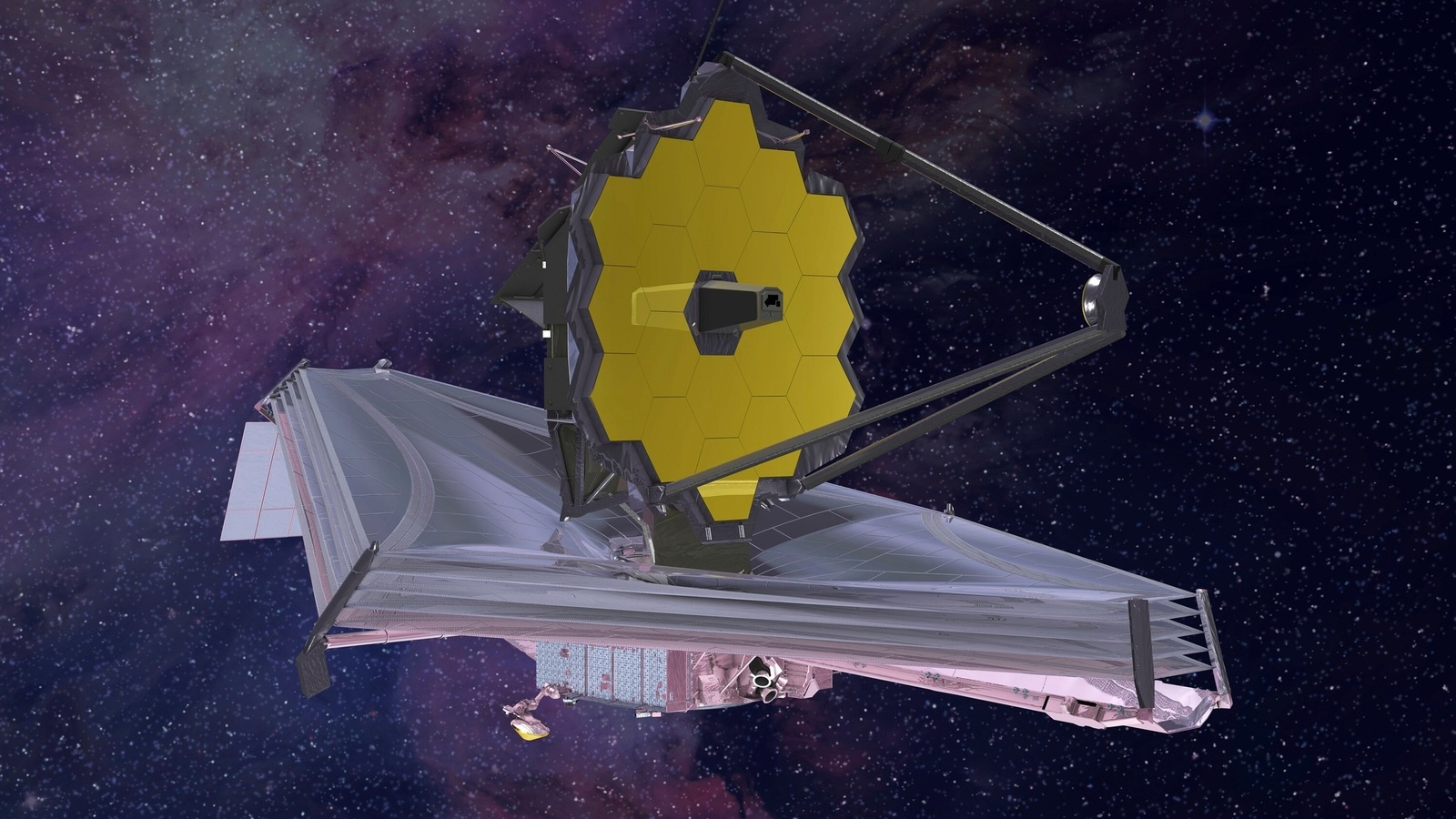
 View all Images
View all ImagesIn a groundbreaking discovery, NASA's James Webb Space Telescope (JWST) has revealed intriguing details about a distant exoplanet, sparking a debate among scientists about its potential habitability. The exoplanet, known as TOI-270 d, lies approximately 70 light-years away and boasts twice the radius of Earth.
Observations from the James Webb Space Telescope exposed the presence of water vapour, methane, and carbon dioxide in the exoplanet's atmosphere, suggesting a composition consistent with a colossal water world. Researchers from the University of Cambridge propose that an entire surface ocean, potentially reaching temperatures exceeding 100 degrees Celsius, envelops TOI-270 d. However, they caution against envisioning this as an inviting seascape, emphasizing the extreme conditions, The Guardian reported.
Also read: New York Times takes legal action against Wordle clones, sparks concerns among game creators
Astronomers remain divided on the habitability of TOI-270 d. A Canadian team, conducting additional observations of the same exoplanet, disputes the water world hypothesis. They argue that the planet might be too hot, reaching temperatures as high as 4,000 degrees Celsius, featuring a rocky surface beneath an incredibly dense atmosphere of hydrogen and water vapour.
The 'Hycean World' Hypothesis
Regardless of the ongoing debate, these findings underscore the unprecedented insights offered by the James Webb Telescope into the nature of planets beyond our solar system. By analyzing starlight filtered through planetary atmospheres, astronomers can decipher detailed chemical compositions, aiding in understanding surface conditions and the potential for extraterrestrial life.
The absence of ammonia in TOI-270 d's atmosphere forms the basis for the water ocean hypothesis, as basic chemistry predicts its depletion in a hydrogen-rich atmosphere due to its solubility in water. This leads to the intriguing concept of a 'hycean' world, with a water ocean beneath a hydrogen-rich atmosphere.
Also read: Black Holes to Quasars, James Webb Space Telescope Sheds Light on Cosmic Evolution
Conditions on TOI-270 d differ significantly from Earth, as it is tidally locked, with one side perpetually facing its star and the other shrouded in darkness. The proposed ocean would experience extreme temperatures, with a crushing atmosphere and steam rolling off the surface.
As the scientific community debates the habitability of TOI-270 d, Dr. Jo Barstow from the Open University emphasizes the importance of caution in communicating such findings. The data from JWST offers a unique glimpse into unexplored environments, setting the stage for further observations and a deeper understanding of exoplanetary conditions.
Catch all the Latest Tech News, Mobile News, Laptop News, Gaming news, Wearables News , How To News, also keep up with us on Whatsapp channel,Twitter, Facebook, Google News, and Instagram. For our latest videos, subscribe to our YouTube channel.




























